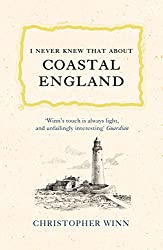Henry VIII’s defence against our neighbours
On a bright autumnal morning, there’s only one place to head, and that’s the British coastline.
So, Gary and I set off to discover Deal Castle the Tudor artillery fort on the beautiful shoreline of Kent overlooking the English Channel.
Armed with our English Heritage membership cards rather than our bucket and spades, Deal and Walmer Castle were calling our names.
While visiting Deal Castle ensure you save plenty of time to stroll around the charming town of Deal, with its pastel-coloured houses lined along ancient lanes.
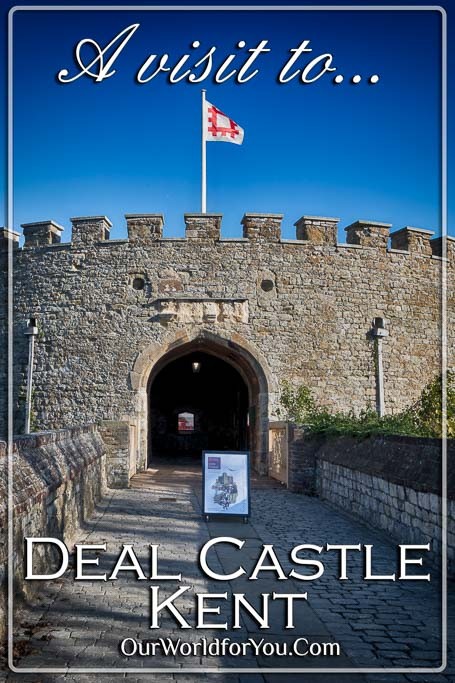
Where is Deal Castle?
- By Train
You can catch a direct train from London St Pancras to Deal Station. Additionally, if you also wanted to visit Walmer Castle, this is on the same train line and one-stop further on from Deal.
- By Car
Deal Castle is very close to Walmer Castle and Dover Castle, so why not combine all three. Head down to the Kent coast along the M2 & A2 and follow the A258 to Deal. If you are, an English Heritage member parking is available at all the castles.
King Henry VIII's Castles
16th-Century Deal Castle stands proud on Kent's shores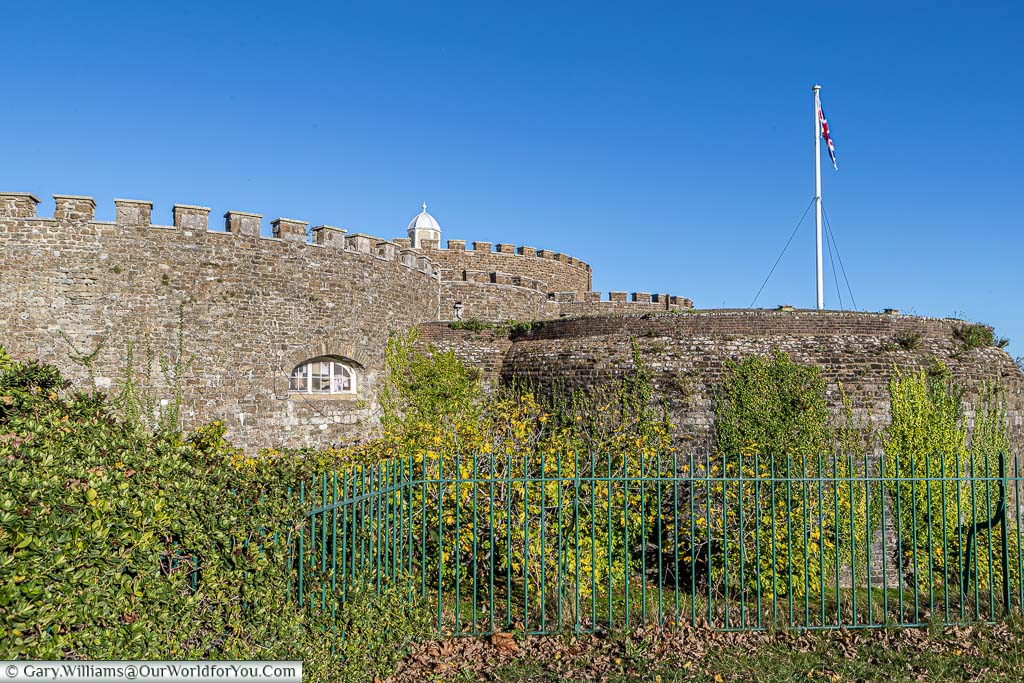
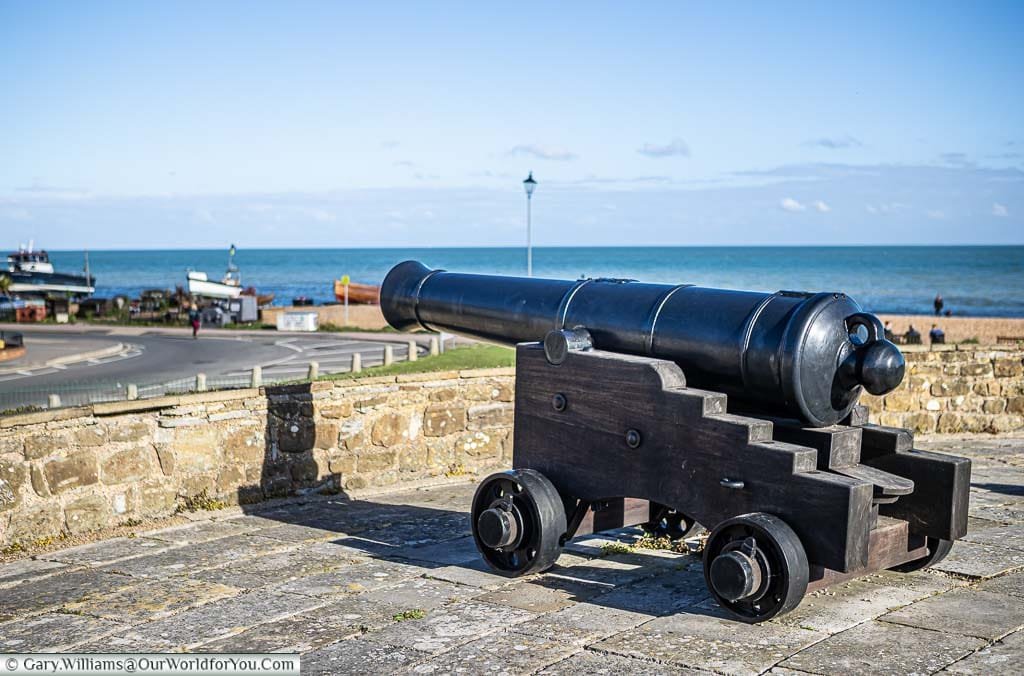
We have a new little book on our shelves that we delve into when we're heading to the coast.
Packed full of historical facts, and broken down into the different counties of England. It tells tales of the history of the shoreline that surrounds our country.
Available in Kindle & Hardback editions, it's an excellent addition to anyone's collection who loves the English seaside.
Explore an English Castle
Discover Deal's low-lying fortressAlthough Deal Castle doesn’t sit on high commanding ground, its core strengths were its low-lying fortress.
Its main defences were a keep, six large outer and six inner circular stone bastions, and designed to offer firepower to its enemy from 140 guns. In addition, Deal Castle was protected by a moat.
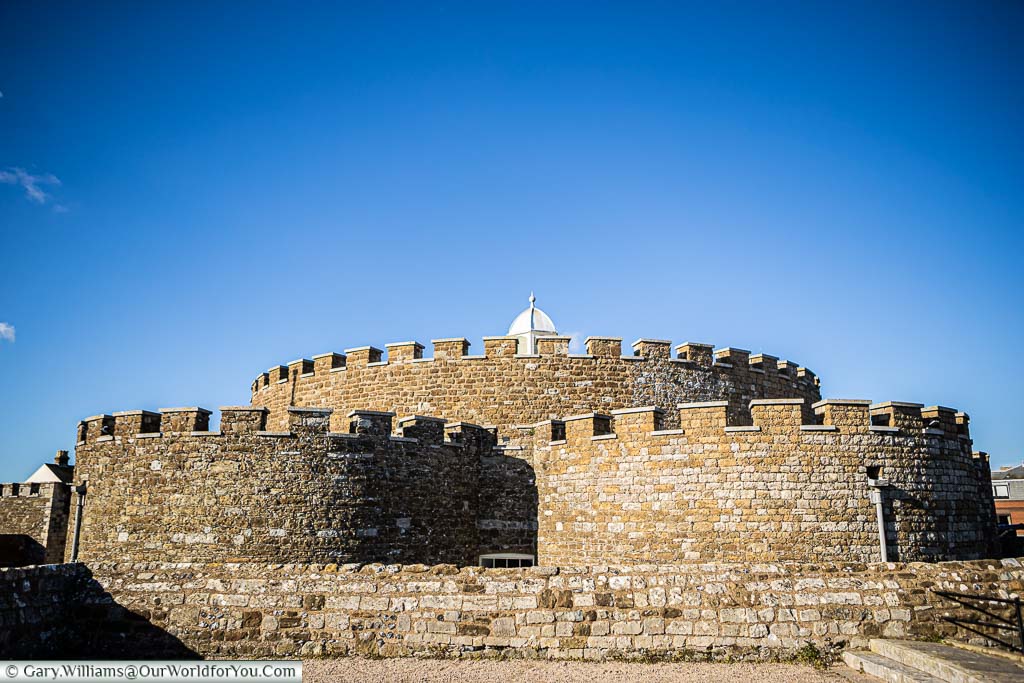
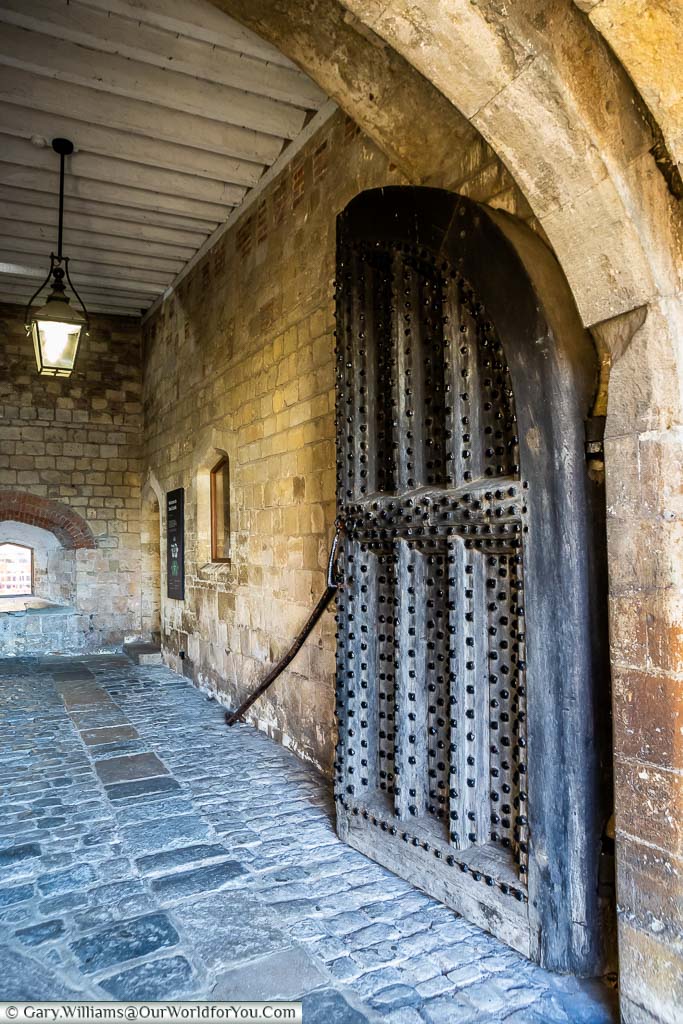
The rustic edges of Deal Castle
A bastion of defiance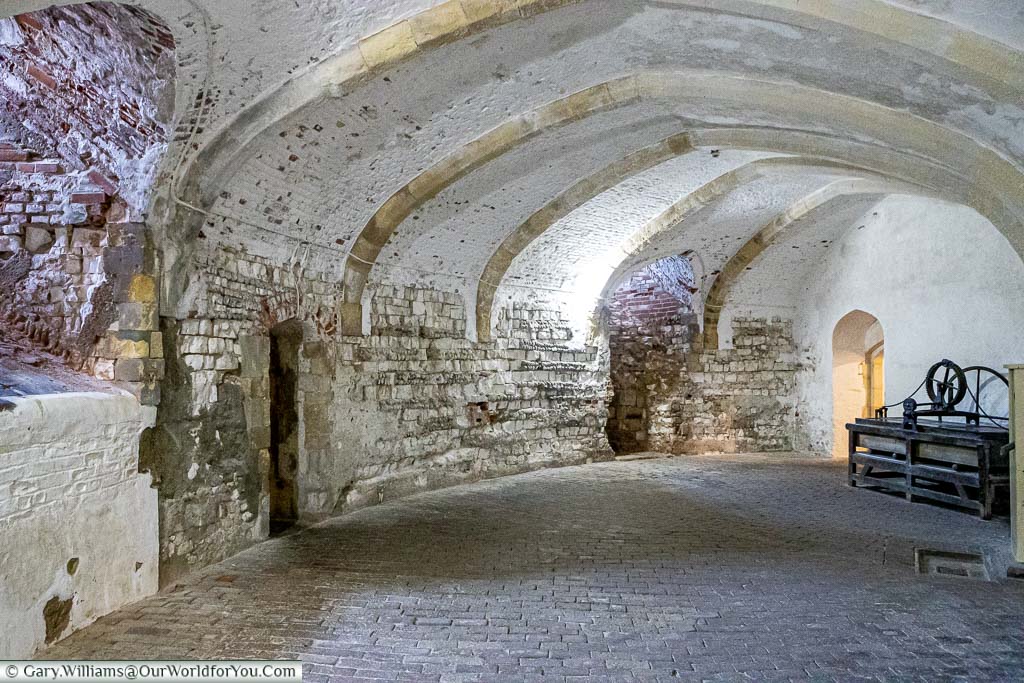
Walmer Castle became rather sought after and was the home of the “Lord Warden of the Cinque Ports”. William Pitt the Younger, held the position during the late 18th & early 19th century. Then during the 19th century, the Duke of Wellington resided there and passed away in Walmer Castle.
This was also a position held by Queen Elizabeth the Queen Mother.
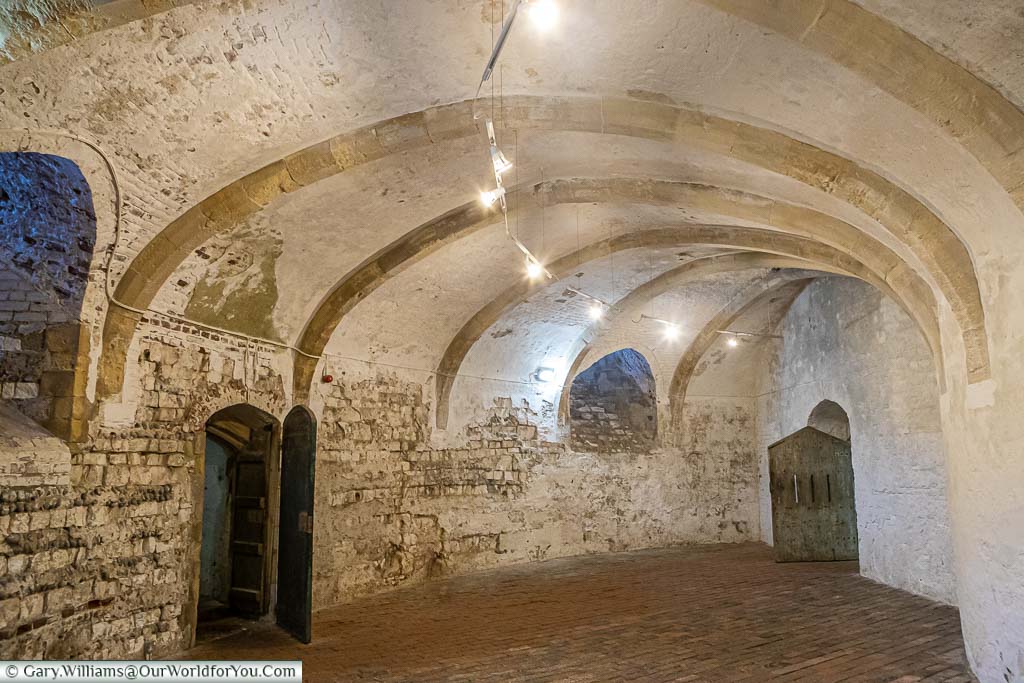
If you're intrigued by Kent's weird and wonderful history, or all unusual stories around the county, then take a peek at "Kent's Strangest Tales".
You won't be able to put it down, you can pick it up for your Kindle or in good old paperback.
A different Kent Castle
Explore Deal Castle at your own paceWhat I loved about Deal Castle is that the whole fortress is open for you to explore at your leisure.
Climb to the bastions’ uppermost point and wander around the top of the castle for some stunning views across the English Channel. On a clear day, you may even see France.
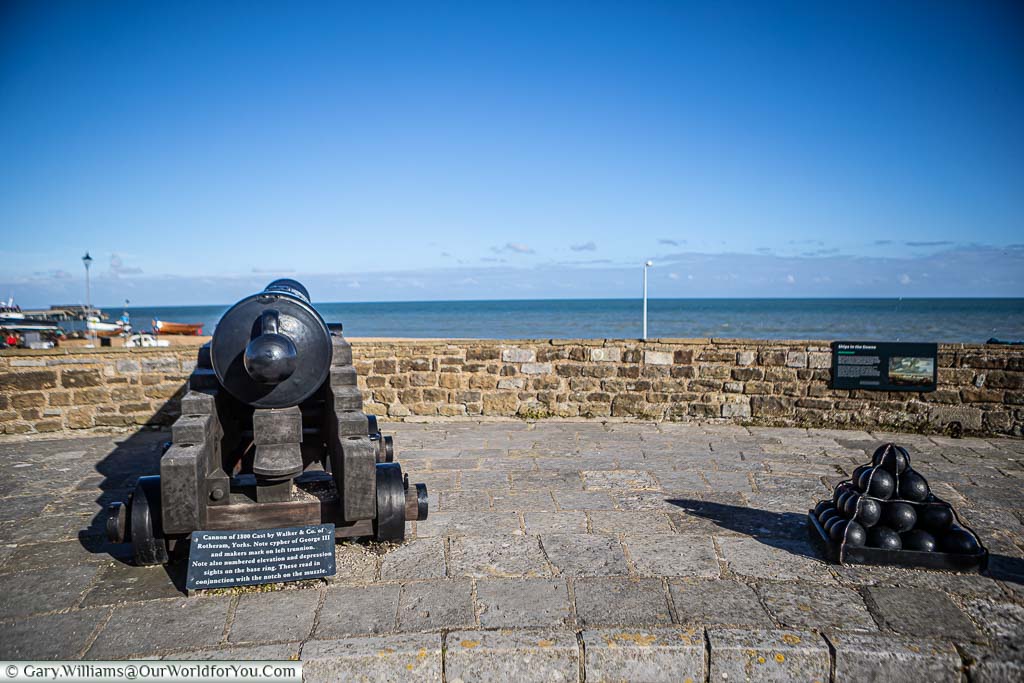
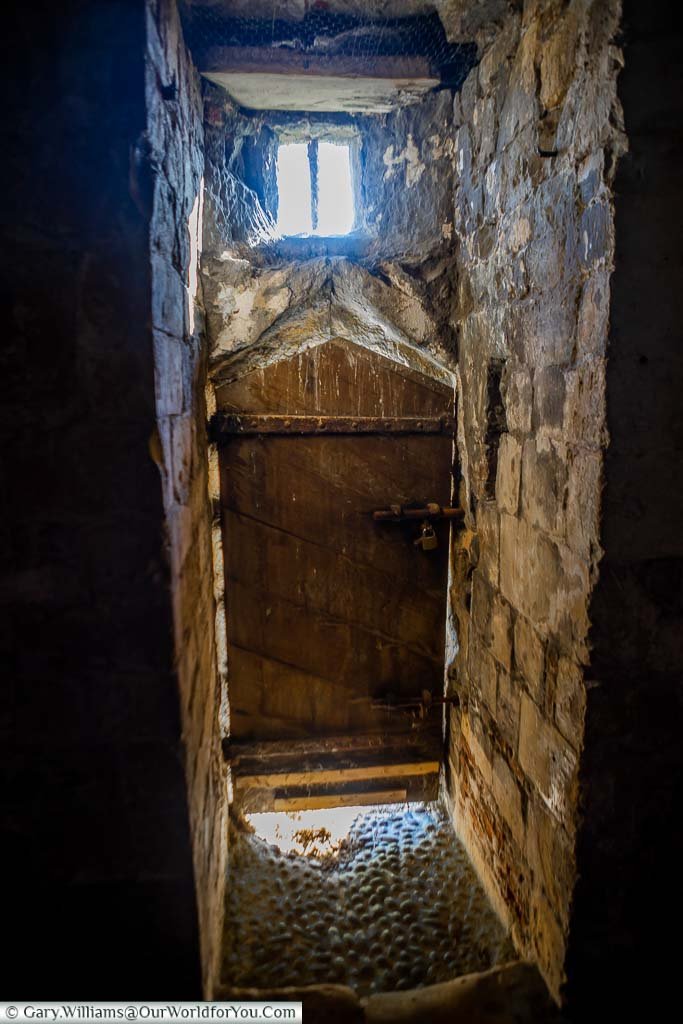

Kent coastal road trip

A scenic coastal road trip around the shores of Kent, UK
Deal Castle’s living quarters
Learn about the lives of Deal Castle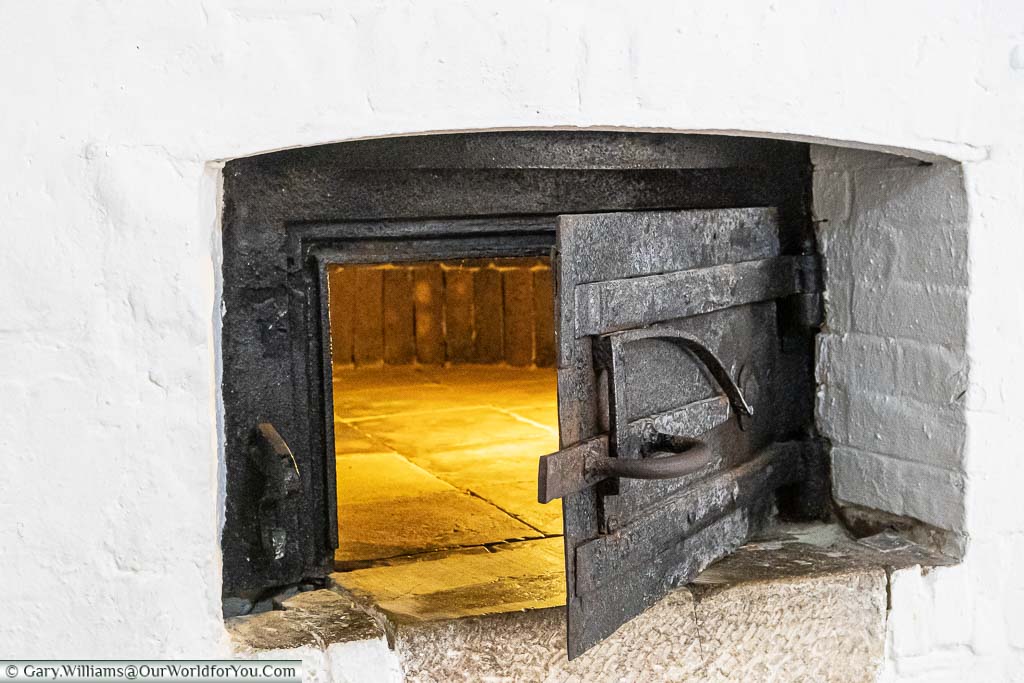
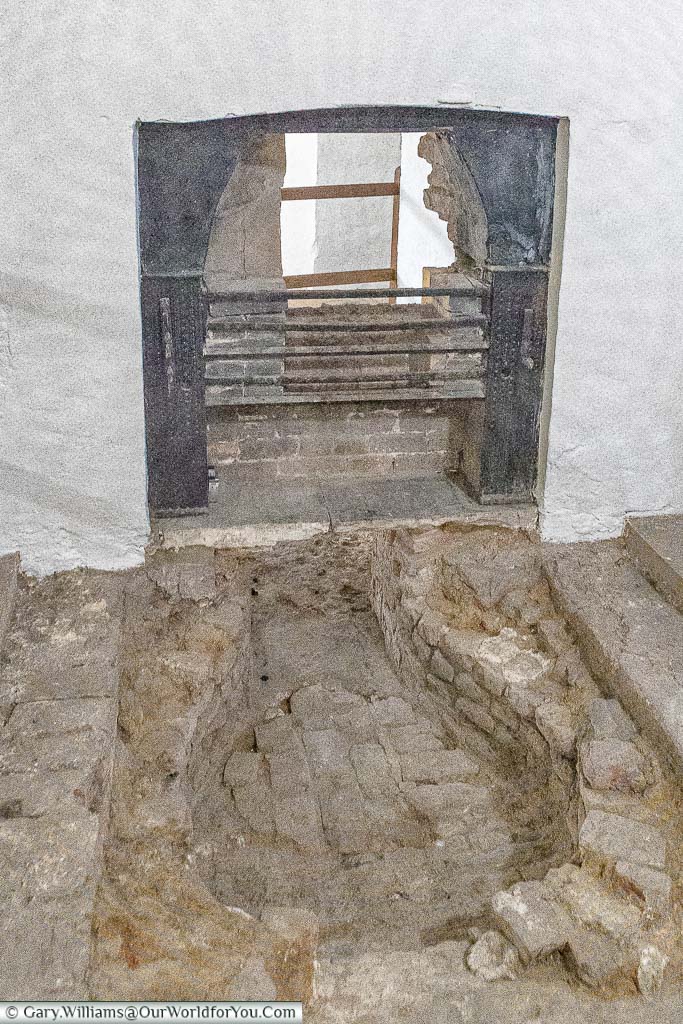
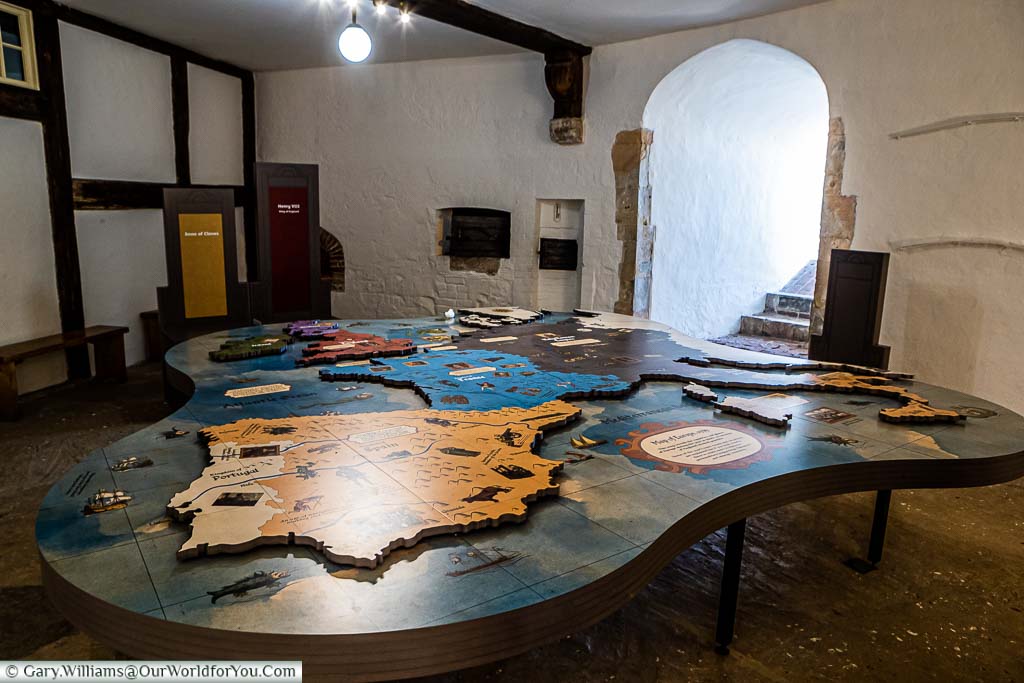
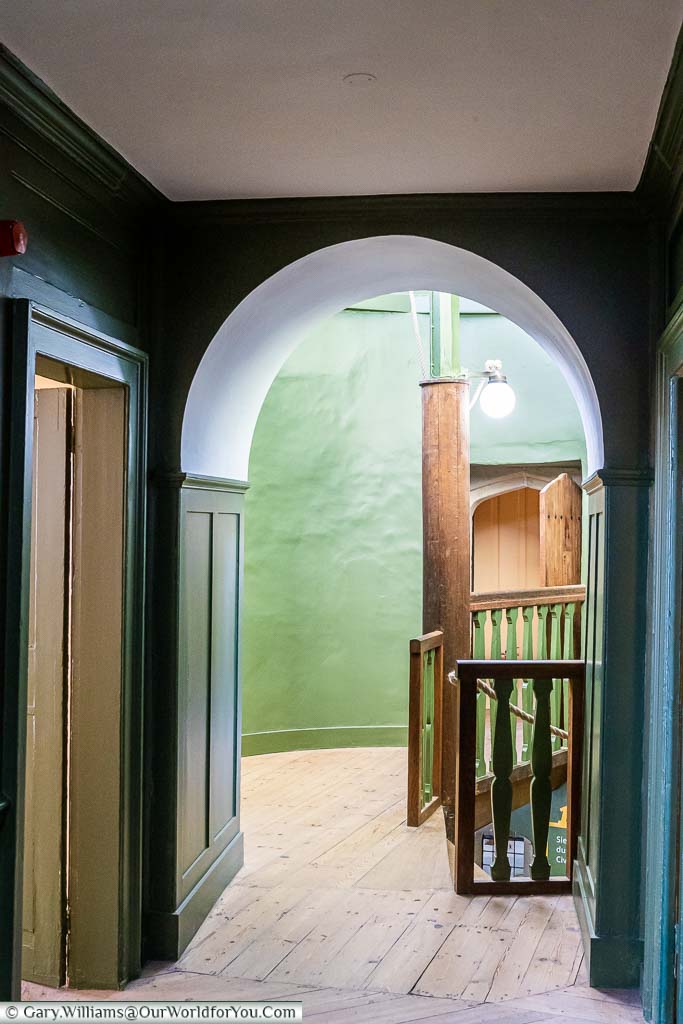
Where to stay in Deal
- The Royal Hotel – Located on the seafront of Deal offers incredible views across the bay. The 18th-century charming hotel is a perfect base for exploring Deal and touring the Kent coast.
- The Waterfront Hotel – Overlooking Deal pier this historic family-run hotel offers a delicious breakfast ready to sustain you for a full day ahead.
Need a car?
Discover more of Deal
We have created a little YouTube video of the seaside town of Deal. Why not take a look?
Also, why not subscribe to our YouTube channel and get the latest clips as we post them?
* This post may contain links to affiliated sites where we earn a small commission at no additional charge to you.
